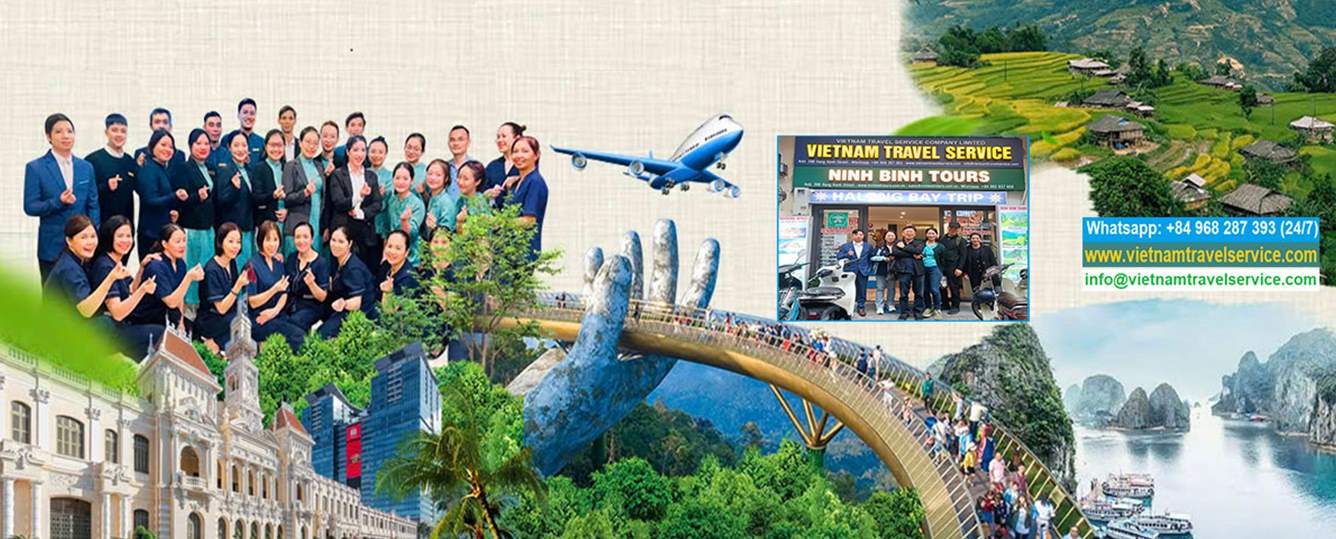Dear Sir / Madame,
Greetings from Halong Bay Cruises - Officical Address: 39C Hang Hanh Street, Hoan Kiem District, Hanoi City, Vietnam.
We would like to express our sincere thanks for your contact/ booking with us at our website: https://www.halongbaycruises.com.vn | Email: info@halongbaycruises.com.vn | This is an automated email to inform you that we have could NOT received your any information/ request, so please keep contact with us for our further support. We have 24/7 Support by Phone/ Zalo/ WhatsApp: +84 971 937 966 - Please do not hesitate to contact us at any time if you need our urgent assistance. .
We would like to express our sincere thanks for your contact/ booking with us at our website: https://www.halongbaycruises.com.vn | Email: info@halongbaycruises.com.vn | This is an automated email to inform you that we have could NOT received your any information/ request, so please keep contact with us for our further support. We have 24/7 Support by Phone/ Zalo/ WhatsApp: +84 971 937 966 - Please do not hesitate to contact us at any time if you need our urgent assistance. .
With our Warmest Reagrds,
HALONG BAY CRUISES
HALONG BAY CRUISES


